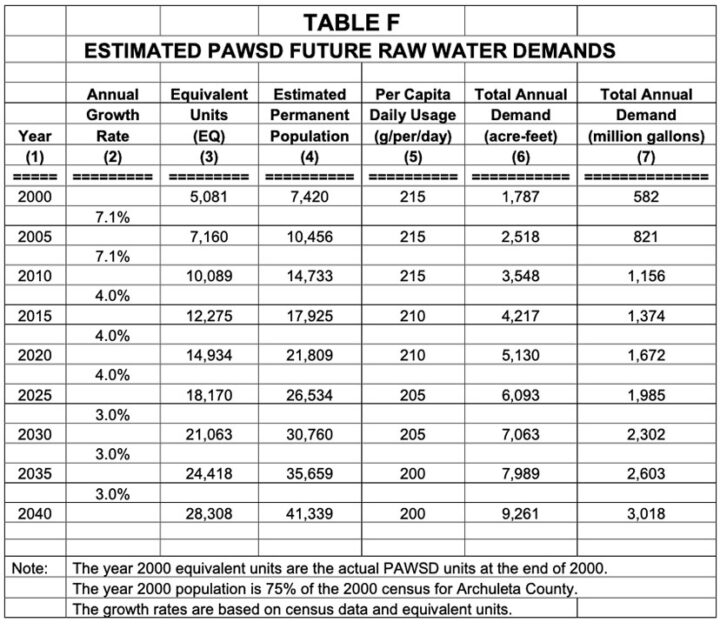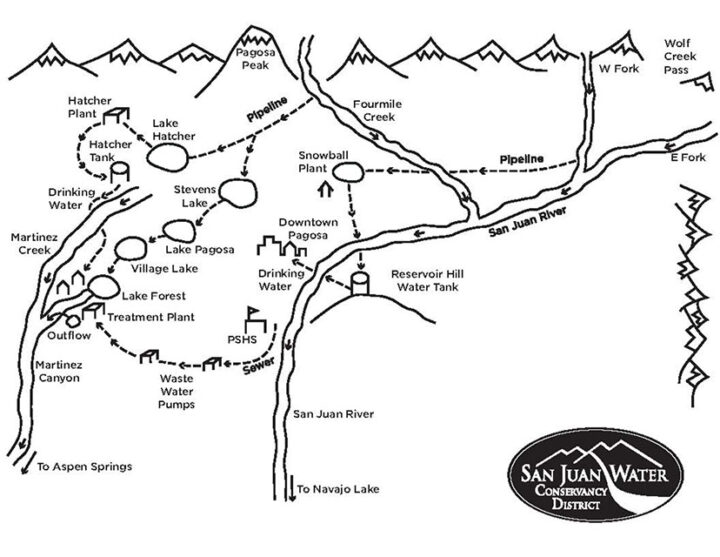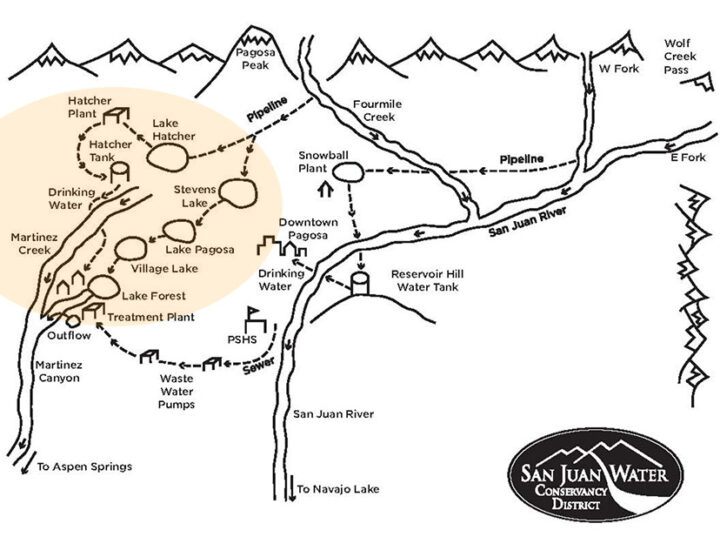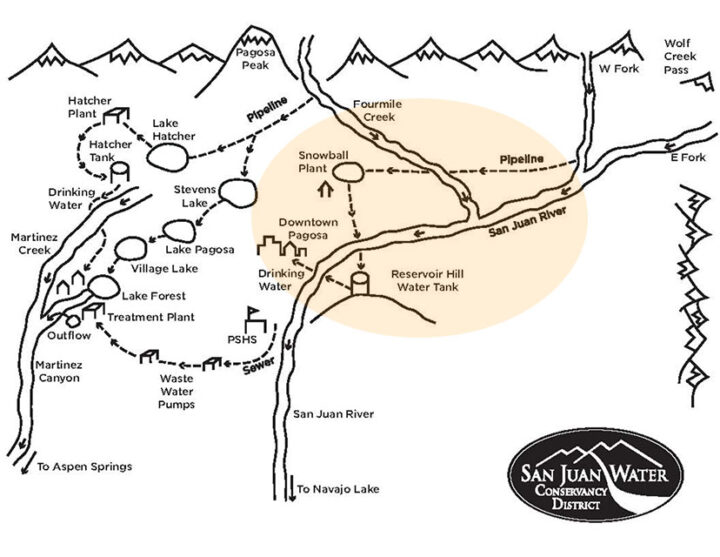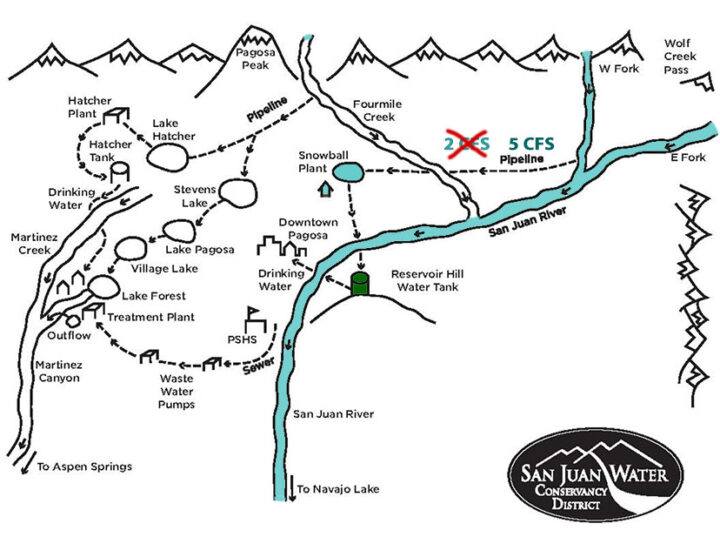From one of my favorite John Fogerty songs: “Who’ll Stop the Rain?” from 1970.
I went down Virginia, seekin’ shelter from the storm.
Caught up in the fable, I watched the tower grow.
Five year plans and new deals, wrapped in golden chains.
And I wonder… Still I wonder
Who’ll stop the rain?
Noted rock critic Bryan Wawzenek rated the song as Fogerty’s third greatest song, in terms of lyrical content.
“It appears that he feels the efforts to solve widespread maladies are futile, whether it’s the intelligentsia, politicians or the Woodstock generation who are doing the fixing. It’s Fogerty’s most cleverly written allegory.”
But I personally suspect Fogerty was sharing the pain of watching his world-famous rock band, Creedence Clearwater Revival, disintegrate — something that was already taking place when this song was recorded.
Caught up in the fable, he had watched the tower grow… wrapped in golden chains.
I love the image of golden chains. What a perfect way to describe a person imprisoned by his own financial success… as his music project disintegrates.
Many years later, in 2004, San Juan Water Conservancy District (SJWCD) president Fred Schmidt and Pagosa Area Water and Sanitation District (PAWSD) manager Jack DeLange were assembling a different kind of project: the Dry Gulch Reservoir. With the help of Durango water engineer Steve Harris, SJWCD and PAWSD planned a 35,000 acre-foot reservoir and managed to put local taxpayers $10 million in debt for the purchase of the Running Iron Ranch, as the future reservoir site.
From Steve Harris’ 2003 study justifying the need for a reservoir, based on fabulous population growth and steadily increasing municipal water demand.
We’re going to discuss the numbers in this chart, later on. But the point here is: these numbers convinced a group of very smart people that Archuleta County was headed into a dire water shortage, and the only possible escape was a 35,000 acre-foot reservoir in the Dry Gulch valley.
Disclosure: I currently serve on the Pagosa Area Water and Sanitation District (PAWSD) board of directors, but this editorial reflects only my own personal opinions, and not necessarily those the PAWSD board as a whole.
In 2007, the Dry Gulch project appeared to be on the verge of beginning construction within the next few years.
But by 2011, a series of legal setbacks, and a significant lack of public support, had caused the plan to… well… to pretty much disintegrate.
But PAWSD had already purchased the Running Iron Ranch, and PAWSD customers were already paying got the $10 million loans.
Disclosure: I currently serve on the Pagosa Area Water and Sanitation District (PAWSD) board of directors, but this editorial reflects only my own personal opinions, and not necessarily those the PAWSD board as a whole.
In Part One and Part Two, last week, I quoted some comments made by Archuleta County Commissioners Warren Brown and Ronnie Maez at their June 20 work session, indicating their shared belief that the Dry Gulch Reservoir should be “on the top of the people’s list” for taxpayer investments.
As luck would have it, the BOCC was meeting later in the afternoon, and would be providing members of the public three minutes each to express concerns.
I was indeed concerned, because I felt our commissioners were exhibiting a limited understanding of the Dry Gulch project, while at the same time having a purse containing, annually, $45 million of our money, just waiting to be spent.
Also, I had on my desktop, a map that I had shared just one day earlier, with another group of government officials who likewise believe the Dry Gulch Reservoir should be at the top of our list. The San Juan Water Conservancy District board.
This illustration was created by SJWCD, and it’s useful and reasonably accurate, but it is missing some important data.
Our primary municipal water system — quite separate from the agricultural water system — is operated by PAWSD. And it’s comprised of two basic parts.
1. The water system built by the developers of Fairfield Pagosa, now commonly known as Pagosa Lakes, or PLPOA.
2. The former Archuleta Water Company system, downtown.
The Pagosa Lakes district (District 1) pulls almost all its raw water from Four Mile Creek, and stores it in Lake Hatcher and Stevens Reservoir. The primary treatment plant sits on the shores of Lake Hatcher.
The old Archuleta Water Company district (District 2) is basically a totally separate water system.
Raw water is diverted from the San Juan River near the confluence of the West Fork and East Fork, and sent through a long pipeline to Snowball Road, where it gets purified, and treated, and then delivered to the neighborhoods in downtown Pagosa, and out Highway 84.
PAWSD recently approved a contract with Denver-based PCL Construction to replace the Snowball Treatment Plant with a brand new, $40 million facility.
At the moment, the existing Snowball plant has a couple of important issues.
1. It wastes about 50% of the water it treats, to backflush its outdated purification media.
2. It is not capable of treating the entire diversion right from the West Fork diversion. The existing plant can treat only about 2 CFS, but the West Fork diversion rights amount to 5 CFS.
The new plant will (hopefully) waste only about 5% of the treated water for back-flushing, and will be able to treat the entire 5 CFS from the West Fork, for which PAWSD customers have water rights.
Here’s the SJWCD map with some data (and color) added.
With the updated Snowball Treatment Plant, PAWSD will more than double the amount of water it can provide to downtown Pagosa Springs and out Highway 84.
This improvement is not theoretical, or off in some distant future. PAWSD already has the contracts signed for this upgrade.
Could we do something similar for District 1? For PLPOA?
Could we, for example, triple the amount of usable water storage? With minimal effort?
Your wish could be PAWSD’s command.
Here’s a different version of the SJWCD map, with some new data added. We’re focusing here on District 1. Pagosa Lakes.
The Dutton Ditch brings water from Fourmile Creek to Lake Hatcher, estimated by PAWSD at 880 acre-feet of storage. The Hatcher Treatment Plant purifies the water and sends it to the Hatcher Tank. The best part about this water source? It’s very clean to begin with, meaning it’s inexpensive to treat… and it’s uphill from most customers, so gravity works in our favor.
The Dutton Ditch also feeds water to Stevens Lake (aka Stevens Reservoir), which PAWSD enlarged — at considerable cost — about twelve years ago. Stevens stores twice as much water as Lake Hatcher — 1730 acre-feet.
But there’s a little problem…


